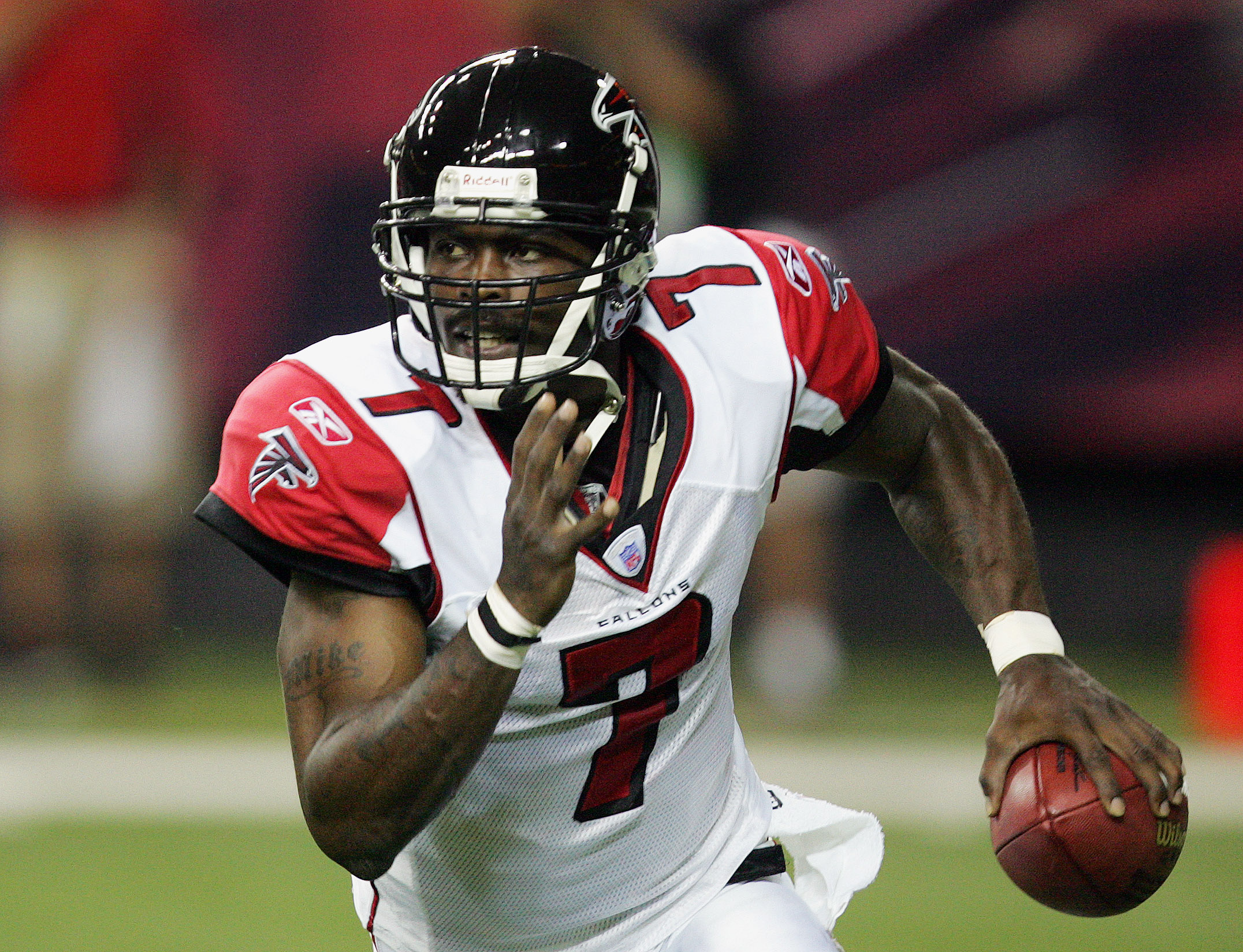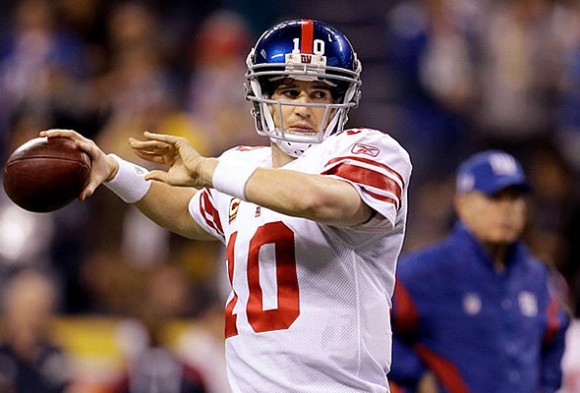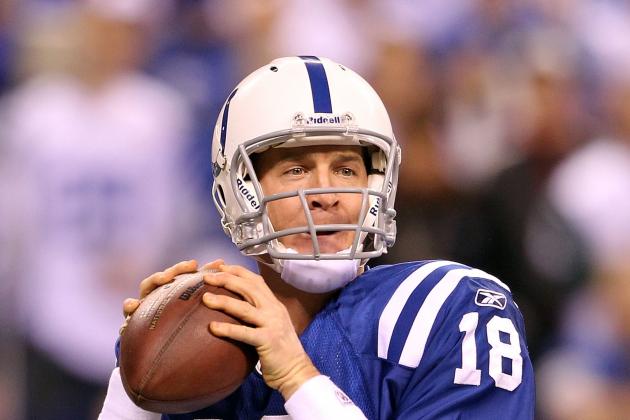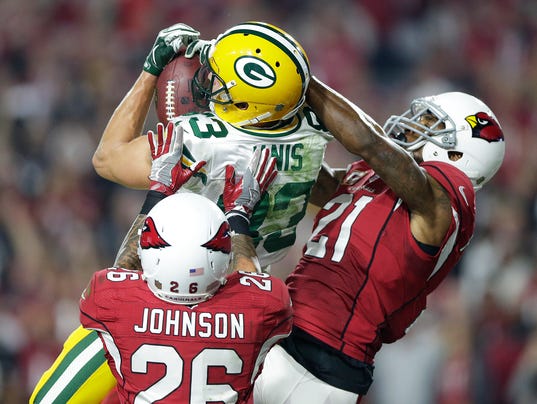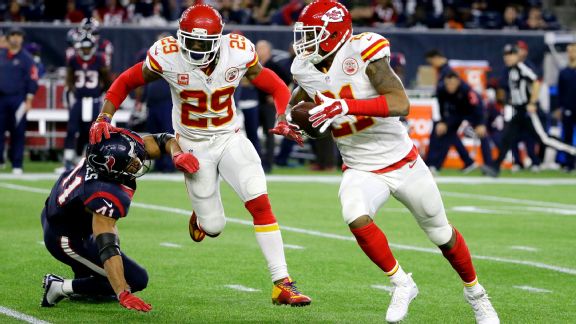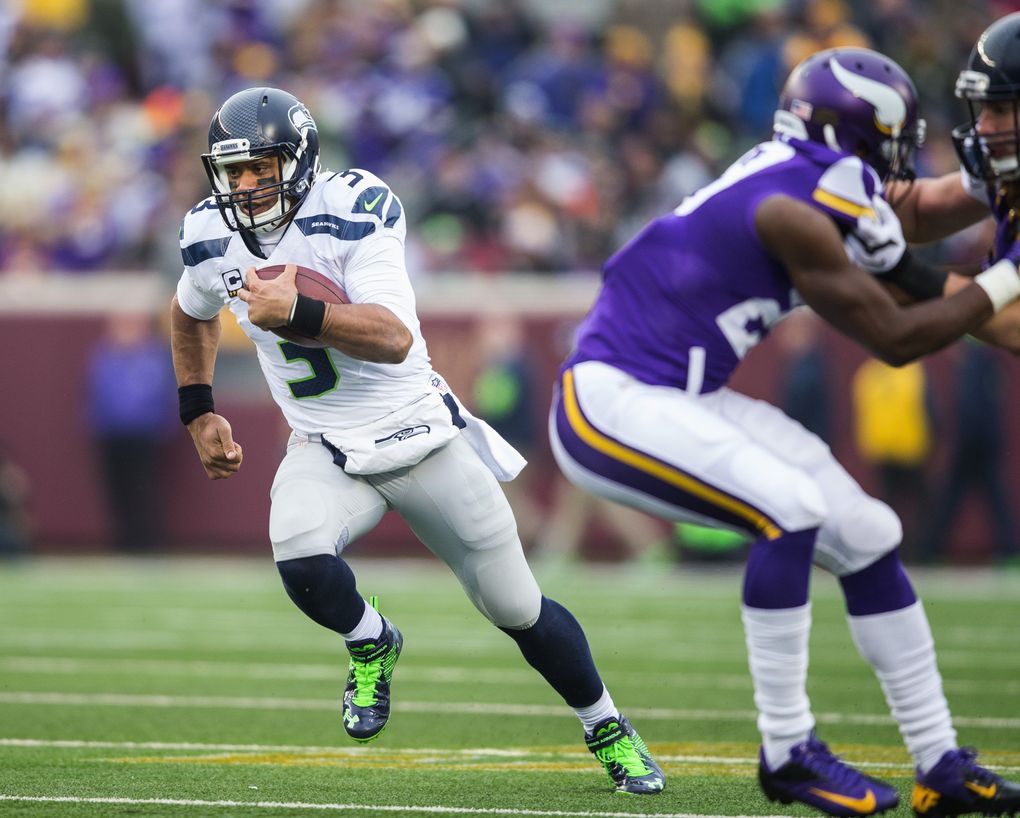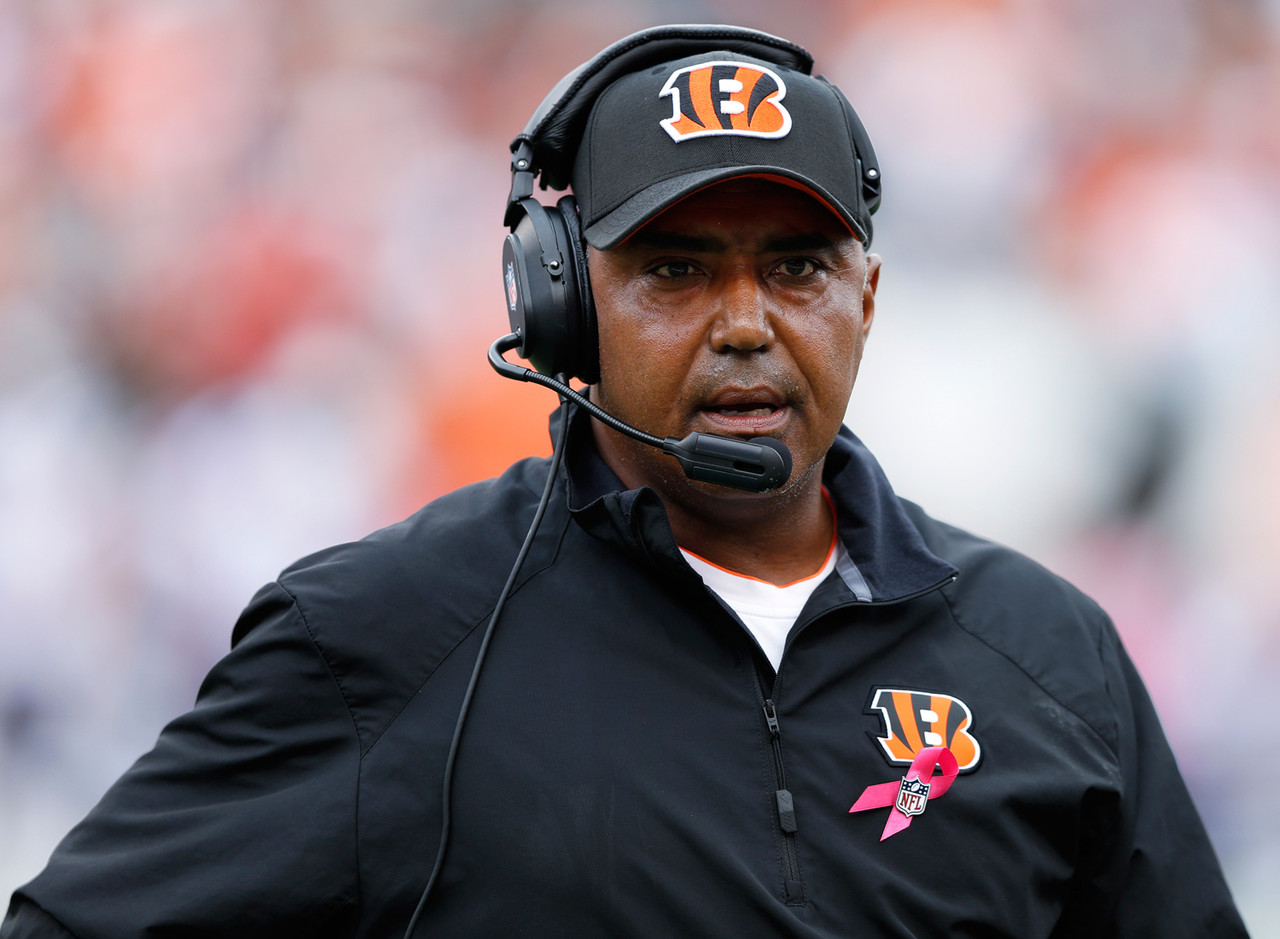Well, we’ve almost made it. One
meaningful game remaining, two teams left to fight for the title of the best in
the league, a matchup that for the next two weeks will be driven into the
ground as the old guard versus the new. The veteran Peyton Manning playing in what is likely the final game of his career, against the emerging superstar Cam Newton
who is looking to cap off his breakout season.
Only two teams remain, and by
this point I don’t have to point out that there is more to each of these teams
than just the quarterback position. No one makes it to the Super Bowl on the
performance of one individual, and this year is an excellent example of that,
with arguably the two most complete teams in the league facing off against each
other. On Carolina’s side we have the league’s most productive offense
supported by a playmaking defense, and on Denver’s we have an efficient offense
keeping things going for the best defense in the league. Both teams have
superstars on each side of the ball, and neither has a single glaring weakness.
I’ll get into the actual matchup
of these teams next week, but for now I want to focus on how they got here. A
week ago I wrote about how games at this stage of the year are often decided by
the smallest of factors, events or aspects of the game that give the winning
team the slight edge it needs. We saw this again this weekend (even in the
blowout Panthers victory). Both of these teams have benefited from luck,
health, and coaching down the stretch, but in each case their greatest asset
has been their adaptability. The strength and depth of the Broncos and the
Panthers have allowed them to reshape how they play from game to game, giving
them the needed edge to make it as far as they have.
This is a topic I’ve covered
before, but it’s something we have to come back to time and time again. We get so
caught up in discussing systems and schemes that we often forget the value of
flexibility. Truly great teams can impose themselves on lesser opponents, but
by this point in the year, there aren’t really any lesser opponents to face. At
this point, the most valuable thing a team can have is flexibility, the ability
to adjust what they do to attack the other team’s weaknesses.
The Undoing of Arians
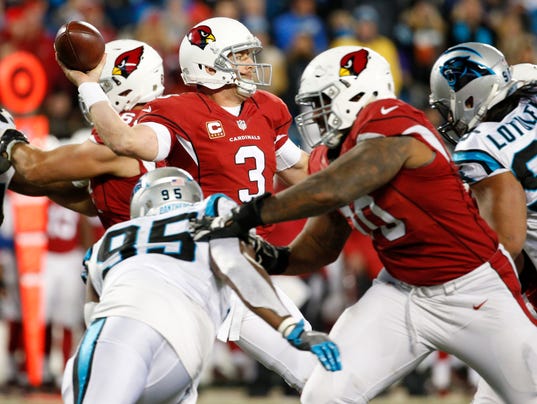
We’ve seen plenty of examples over the years, but we may never again see a team as doomed by its lack of
flexibility as the Arizona Cardinals. Bruce Arians has received almost nothing but praise
since getting his first opportunity as a head coach with the Colts in 2012, and
it is almost universally agreed that he is a top five head coach in the league. And while I absolutely agree with this assessment, I also acknowledge that Arians isn't flawless. His problems go back to his days as an offensive coordinator, where in
Pittsburgh and then again in Indianapolis he put together potent offenses that
were never consistent enough to take the next step, largely due to struggles to
protect the quarterback and run the ball.
Arians was dealing with terrible
offensive lines in both those situations, but he has to absorb part of the
blame for not doing anything to compensate for their flaws. His scheme relies
on constant deep passes, which leaves his offense nonfunctional when an
opposing defense generates pressure.
He didn’t adjust then, and he
didn’t adjust on Sunday. Arizona’s offensive line has been steady all year, but
against Carolina’s front seven they were absolutely dominated. The first couple
turnovers by Carson Palmer were the result of a collapsing pocket, and he
wasn’t helped by having to hold onto the ball. The deep passing game can beat
Carolina’s defense, but it wasn’t working for Arizona, no matter how many times
the Cardinals tried to force the ball down the field.
The other side of the ball was a
very similar story. Arizona’s defense has been one of the most aggressive in
the league for the past two years, as evidenced by the blitz after blitz they
sent to unsettle Aaron Rodgers in the Divisional Round. At this point we know
what we’re going to see from Arizona’s defense. They are going to send constant waves of pressure, and they expect that their blitzers can get to the
quarterback before he can find the holes behind them.
This has worked for the past two
seasons, but it failed on Sunday. Carolina’s offensive line is better at run
blocking than protecting the passer, but they played the best game of the
season in the Championship Game. Cam Newton had a clean pocket to throw from
the entire game, and with only a few defenders left on the back end, even his
mediocre receiving corps was able to find separation. And when he did get the
ball out, there weren’t enough tacklers on the back end to corral Carolina’s
receivers, leading to big play after big play.
Even with all of this, the game was a lot
closer than the final score indicates. Arizona was still very much in it late
in the first half, as they stopped Carolina a couple times and managed to get
their offense going by feeding the ball to David Johnson. But after the
turnovers in the final two minutes, they entered the second half in full panic
mode. Suddenly they had no choice but to abandon the run and attack downfield,
playing right into what had been failing for them all game. Things spiraled
from there, Carolina continued to break off big plays, and we ended up with the
34 point margin, far from indicative of the team that Arizona was this year.
Out of
Options

The result of the Panthers-Cardinals game is easy enough to explain by looking at the coaches
involved. The same can’t be said about the other game. On one side you have
Gary Kubiak, a slightly above average coach whose career has been defined
primarily by his consistent mediocrity. And on the other you have Bill
Belichick, the best coach in the league and arguably the greatest of all time,
a coach who has proven over and over again that he can find ways to win with
whatever roster is put on the field for him.
The edge in coaching is the
primary reason I picked the Patriots to win this game. Because outside of that and the
quarterback position, Denver has the edge at every spot on the roster. It may
have been a more competitive matchup early in the season before the Patriots
were decimated at running back and across the offensive line, but coming into this game
it was clear that the Broncos had the edge in depth.
This proved to be the difference
in the game, but it didn’t have to be. New
England’s defense did more than enough to keep them in the game, holding the
Broncos to only twenty points (with some help from a highly conservative
strategy by Kubiak in the fourth quarter), and in the end it was the offensive side of the
ball, the strength of the Patriots for the past five years, that cost them the
game.
The matchup of Belichick and
Kubiak seems like an obvious mismatch, but it is mitigated somewhat by the
presence of Wade Phillips on the Broncos side. Phillips has a shaky reputation
based on his struggles as a head coach, but the fact that he keeps getting
opportunities demonstrates just how good he is as a defensive coordinator.
Denver’s defense is loaded with talent, but Phillips deserves credit for
shaping them into the best unit in the league.
On Sunday he reminded the NFL
once again just how brilliant he is. He designed the perfect scheme to go after New England, completely changing his tactics on the defensive side of the ball
and exploiting weaknesses that the Patriots had managed to cover
against almost every opponent so far this season.
I mentioned above the injuries
that New England had suffered on the offensive side of the ball, but I think we
need to go into more detail. Without both Dion Lewis and LeGarrette Blount, the
Patriots were forced to resort to bottom of the roster player James White and
off the street veteran Steven Jackson in their backfield. Against Denver’s
defense they had no hope of running the football, and their rushing game
actually outperformed my expectations by putting up 31 yards (not including
Brady’s rushing total).
They had similar problems on the
offensive line, where over the course of the year they saw an astonishing 37
different combinations play at least one snap. Part of this is due to an
unusual substitution pattern, but a lot of it has to do with the constant
injuries they’ve faced. And yet, they did a fine job keeping Brady upright,
finishing near the middle of the pack in sacks allowed.
The key to New England’s offense
is a quick passing attack. They spread the field, they give Brady lots of
options to choose from, and they let him pick the defense apart with slants and
screens. Teams try to bring pressure at Brady, but he is always
able to find the hole behind them before he can get hit, getting the ball to
Julian Edelman, Danny Amendola, or Rob Gronkowski and trusting them to do the
rest.
The Broncos could very easily
have tried the same strategies that had failed for every other team. They were
a heavy blitzing defense this year, as all Wade Phillips defenses usually are,
and with a strong and deep secondary, they had reason to believe they could
hold up in man coverage on the back end.
But that’s not what the Broncos
did. Not only did they avoid blitzing, they actually went a step further, sending only three men after the quarterback repeatedly in the first half. I usually despise a three man
rush, but in this case it was spectacularly effective. A three man rush fails
because it gives the quarterback all the time he needs to search the field for
a hole in the coverage, but for a passer like Brady, time is not the
issue. His entire game is based on rhythm, and once that rhythm is disrupted,
he struggles to improvise outside the normal framework of the play.
This is something that the
Patriots obviously saw as the first half progressed, and the big question
coming out of the break was how the Broncos would hold up once New England
adjusted. And yet, for some reason, the Patriots really didn’t mix things up.
They kept running their offense into the teeth of a defense designed to stop
it, leading to stalled drives and ill timed turnovers.
The Broncos ramped the pressure
up in the second half, even if that only meant sending four rushers. After
spending a lot of the first half in coverage, Von Miller and DeMarcus Ware were
unleashed around the edge, wreaking havoc against New England’s
trash heap of an offensive line. The Patriots could not create separation to
throw the ball underneath, and they couldn’t hold the ball long enough to go deep.
And without any running game to turn to, their offense was rendered helpless.
There are still steps they could
have taken, and it is strange that Belichick wasn’t able to make it work. The
obvious solution when a team is getting pressure off the edge is to keep additional blockers to help, either by keeping a running back in the backfield or
chipping with a back or tight end as they go out on their route. Yet for
some reason, Miller and Ware played nearly the entire game facing only single
blockers, a matchup the Patriots had no chance of winning.
Part of this may come back to the
injuries at running back. Blount has his flaws as a runner, but he is a damn
good pass protector, and Lewis was a nearly unstoppable weapon out of the
backfield during the first half of the season. The Patriots tried to replicate
this sort of player with White, but he only managed to haul in 5 of the 16
passes thrown his way. I haven't seen enough of him to judge his pass protection abilities, but judging by the way the Patriots used him, I have to assume he is totally ineffective as a blocker. But even if this is the case, at a certain point simply having his body in there
would have been more valuable than throwing incomplete passes his way over and
over again.
This was the close game of the
weekend, and there are any number of places we can put the blame for the
Patriots defeat. We can give it to Stephen Gostkowski for the missed extra
point in the first half (we could, but we shouldn’t). Similarly, we could
misplace the blame at Belichick’s feet for passing up multiple field goal
opportunities in the fourth quarter (correct decisions both times). We could
even blame Brady for not seeing Gronkowski wide open in the back of the endzone
on the two point conversion (though I would rather question the playcall that has
Brady rolling out of the pocket).
But if I had to identify the main
cause for the loss, it has to be the inability or unwillingness to adjust their
scheme. Had they been healthy, they would have had more flexibility to adjust
to what the Broncos were doing. But as it was, they could only make the same
mistakes over and over again, costing Belichick and Brady a shot at another
Super Bowl title.



